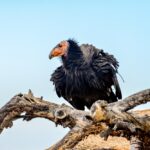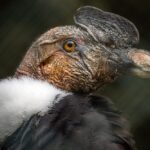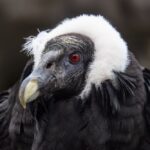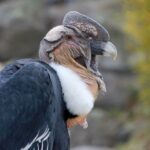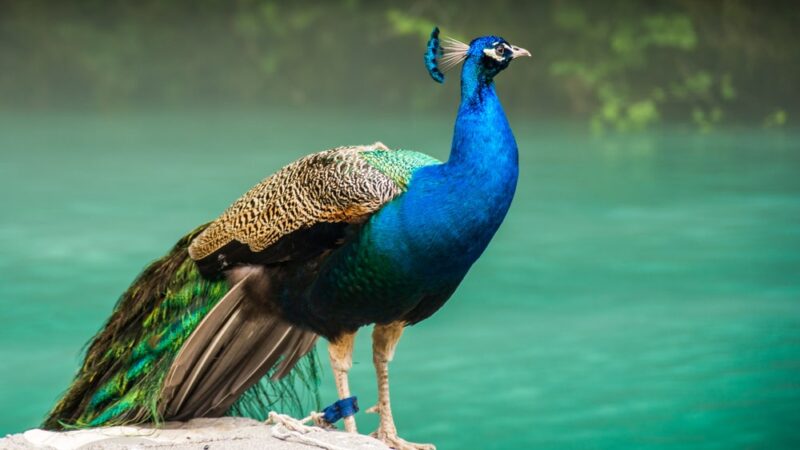Condor
Shelter for Animal | Condor | Condors are some of the largest flying birds in the world. They’re part of the new world vulture family and like their cousins, they can soar for hundreds of kilometers every day in search of carrion.
Condor bird
They evolved at a time when megafauna was common in the Americas and there was an abundant amount of carrion. They fed on dead mastodons mammoths and giant sloths but as the great American Giants died out due to climate change and human predation most condors ran out of food.
Today there are only two Condor species.
- The California condor
- The Andean condor
The North American species used to be found from coast to coast, unfortunately, today they’re only found in Arizona and California where they feed on large marine mammals that wash up on the shore of the Pacific coast found in South America. The Andean Condor feeds on dead llamas guanacos as well as dead livestock and cetaceans both species are huge but the South American species is slightly beefier.
Condor facts
California condors have a wingspan of up to 3 meters and weigh up to 10 kilograms while Andean condors have a wingspan of 3.3 meters and can weigh up to 15 kilograms this puts them among the largest flying species in the world. Only great albatrosses and some Pelican species have a larger wingspan and only bustards are heavier than the largest condors.
They’re enormous wings help them glide without making much of an effort they have been observed soaring over an hour without flapping their wings but compared to some of their extinct relatives. Condors are just little runts the most amazing of them was the giant territory which might have had twice the wingspan and four times, the weight of an Andean condor.
Being this huge means they have no predators when they’re fully grown but it also means they need a lot of food to survive when looking for carrion.
Turkey vulture
They look for smaller scavengers such as turkey vultures and corvids to help them find food. Turkey vultures are particularly useful because they have one of the most developed chemoreception systems among birds. So, they can sniff out prey in forested areas condors can go several days without eating but when they find food they can eat several kilograms in one sitting.
The condor’s large beak is able to tear through thick hides more efficiently than a turkey vulture. But once the Condor has had its fill the turkey vulture and other scavengers can access food that they otherwise couldn’t so it’s mutually beneficial a king looks after his people as part of the condors. Regal fashion sense is the thrill of feathers at the base of their neck.
California condors have a black frill and the Andean Condor has a white one the South American condor also has a crown on its bald head their bald head is an adaptation for life as a scavenger having no hair or feathers makes it much easier to clean.
Adaptations of Condors
It’s basically the same reason why restaurant kitchens aren’t carpeted it also exposes pathogens to dehydration and ultraviolet light at high altitudes. The least majestic thing they do is the way they cool themselves off like other members of their family. They empty their Chloe cos on their feet this is thought to protect them from the Sun and prevent skin dryness but these are not very important issues in the cold Andes mountain range.
So, South American condors often have uric acid buildup on their legs it’s called fashion look it up these beautiful scavengers are actually really great parents. When they’re about six years old they become sexually mature and start looking for a partner they mate for life and a couple can stay together for over 50 years.
They usually lay one or two eggs chicks hatch after two months of incubation at six months of age.
They can fly on their own but stay with their parents until they’re about two years of age by then the parents are ready to lay new eggs so the older siblings get kicked out despite their careful parenting.
Condor population
California condors are critically endangered in the eighties the Condor population of North America was in the double digits a plan called the California condor recovery plan was started and it consisted of catching all the wild condors and creating a breeding process in captivity of course. There were ethical economic and ecological concerns but the plan went ahead and by 1987 all the 22 living California condors were in captivity they were bred and the chicks were reared using puppets to prevent them from imprinting on humans.
A few years later the first condors were reintroduced into the wild since then their populations have been steadily growing but they still face challenges such as electric power lines egg collection lead poisoning from eating animals shot with LED bullets and accidentally eating plastic. As of today, there are more than 450 California condors and more are being born in the wild than there are dying.
The Andean condor is doing better they’re protected across their range as the national bird of seven South American countries there are about 10,000 Andean condors and about two-thirds of them are sexually mature populations that are reinforced by condors raised in captivity. Usually in North American zoos but in northern parts of their range, they’re still decreasing they’re currently considered a near-threatened species.
Reference: Wikipedia
